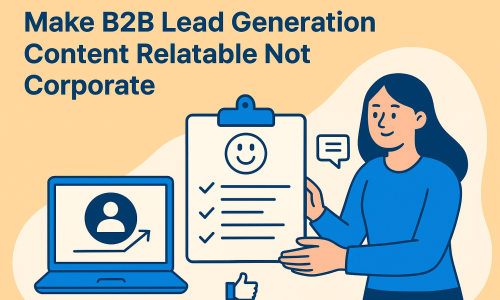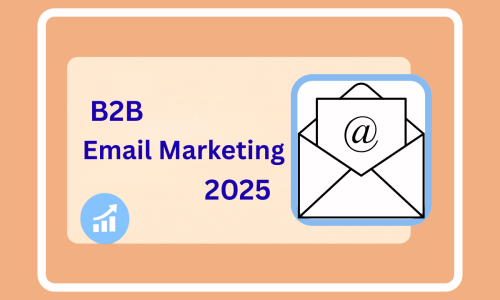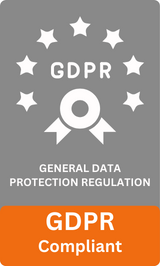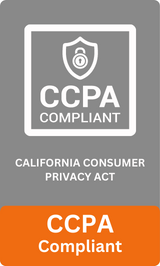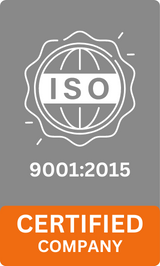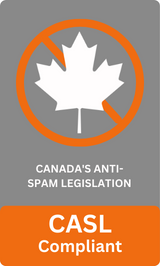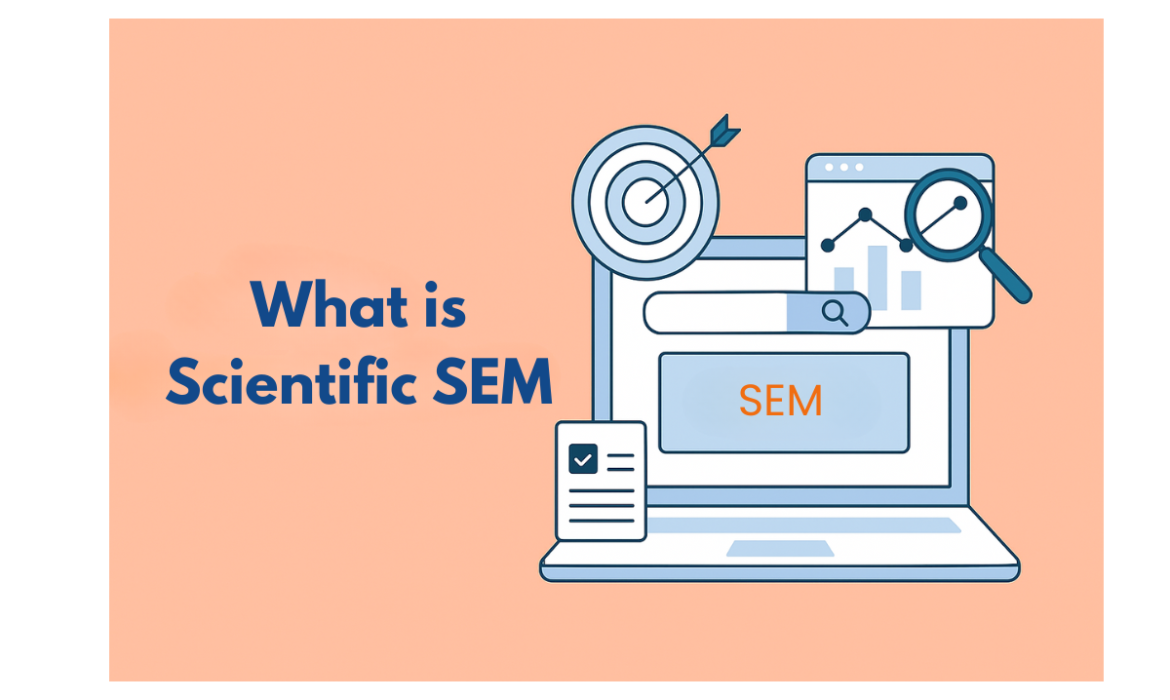
Paid search can either be a revenue driver or a money pit. That depends on how you run it. Most B2B marketers are somewhere in between spending thousands each month without being completely sure what’s working, what’s wasted, or how to scale results.
Here’s the reality: traffic is easy to buy. Conversions? Not so much. Especially in B2B, where decision-making is slow, the stakes are high, and buyers are skeptical.
This is where scientific SEM enters the picture. It’s not just a strategy. It’s a mindset shift. You stop guessing, start measuring, and let actual user behavior shape your search campaigns. Instead of chasing clicks, you track outcomes. Instead of more ads, you run smarter ones.
Scientific SEM combines structured testing, behavioral analytics, and constant optimization to drive real, measurable results. It’s SEM that doesn’t rely on hunches or shortcuts. It’s about clarity, precision, and control.
If you’ve been running Google Ads, experimenting with LinkedIn lead gen, or trying to figure out where your next qualified lead is coming from, this is the upgrade your SEM program needs.
Let’s get into it.
Table of Contents
Toggle1# What Is Scientific SEM?
Scientific SEM is the disciplined, data-driven approach to search engine marketing. It borrows thinking from the scientific method: test, analyze, iterate, applied directly to your paid search campaigns.
Instead of just choosing keywords and hoping for conversions, scientific SEM means every ad, every click, and every landing page has a purpose. More importantly, it’s measured and refined based on evidence.
This includes A/B testing, behavioral analysis, user intent mapping, and algorithmic optimization. You’re not just throwing ads into the void. You’re using real data to make informed decisions that move the needle.
Here’s the thing: traditional SEM often focuses on visibility. Scientific SEM focuses on outcomes.
2# Why It Matters for B2B ROI
B2B buying journeys are complex. There are more decision-makers, longer sales cycles, and tighter budgets. Which means the margin for error is small, and your search strategy needs to be precise.
When done right, scientific SEM helps you:
- Reach the right buyers, not just anyone typing a keyword
- Spend efficiently by cutting wasted ad spend
- Learn what works—and what doesn’t—faster than your competitors
- Improve conversion rates by focusing on experience, not just traffic
B2B is a high-stakes game. Scientific SEM gives you control.
3# Key Elements of Scientific SEM (Explained in Detail)
1. Keyword Intelligence (Not Just Research)
A lot of marketers stop at keyword research. They use the same free tools, plug in their product terms, and go with whatever shows high volume.
Scientific SEM digs deeper. It starts with intent. Are people searching because they’re curious, comparing options, or ready to talk to sales? Each query tells a different story.
You look at:
- Search term reports to spot underperforming or irrelevant queries
- Competitor keyword gaps
- Long-tail phrases that show high intent but low competition
And this isn’t a one-time exercise. It’s ongoing. Search behavior shifts. So should your strategy.
2. A/B Testing Across the Funnel
Testing isn’t optional. It’s the foundation.
With scientific SEM, you don’t assume your ad copy or landing page is perfect. You test versions. Headlines, CTAs, visuals, form length, mobile layout—everything.
Let’s say you’re running a campaign for a B2B SaaS product. You test two CTAs: “Book a Demo” vs. “Get Custom Pricing.” One might perform better on mobile. Another may win with finance decision-makers. You won’t know until you test.
Good testing requires:
- A single variable per test (to isolate the impact)
- A large enough sample size
- A feedback loop to act on what you learn
And you don’t stop after one test. Scientific SEM is about stacking learnings over time.
3. Audience Segmentation That Actually Means Something
Most paid campaigns talk to everyone. That’s a problem.
Scientific SEM uses segmentation to create messages that feel specific and relevant. For B2B, this means:
- Breaking audiences down by job title, industry, or company size
- Tailoring ad copy for each persona
- Sending them to landing pages that match their pain points
For example, a CIO at a healthcare firm needs different messaging than a procurement manager at a manufacturing company. Scientific SEM treats them differently—because they are.
4. Smart Bidding Backed by Real Data
Bid strategies are where a lot of campaigns go sideways. Either people use manual bidding and burn hours adjusting, or they rely too heavily on automated bidding without feeding it the right data.
Scientific SEM uses smart bidding strategies such as Target CPA or Maximize Conversions. The difference is that it integrates CRM and analytics data to inform those bids.
You can tell the algorithm:
- Which leads became deals
- Which customer types are most valuable
- What a conversion is actually worth to you
That way, your budget goes to clicks that matter, not just clicks that happen.
5. Landing Page Optimization That Keeps People Moving
Clicks don’t pay the bills. Conversions do. And the landing page is often where you win—or lose—the deal.
Scientific SEM doesn’t settle for pretty pages. It measures user behavior. Heatmaps, scroll depth, and time on page. It tracks drop-off points.
What this means is that you stop guessing what works and start building pages around how people interact with your content.
Example: If you see users abandon after the first scroll, maybe your value prop is buried. If they spend time hovering over one section, maybe that’s where your CTA should go.
4# Avoiding Common SEM Mistakes
Even smart marketers fall into traps. Here are a few to watch for:
- Over-targeting branded terms: They’re cheap and convert well, but they don’t bring new business.
- Ignoring mobile behavior: If your landing page loads slowly or looks off on mobile, you’re done.
- Neglecting lead quality: Lots of leads mean nothing if none convert to sales.
- Forgetting to exclude: Negative keywords are just as important as positive ones.
Scientific SEM helps catch these problems before they cost you.
5# Tools That Power Scientific SEM
You can’t run this kind of strategy blind. Here’s what a solid tech stack might include:
- Google Ads & GA4 – The foundation
- Google Optimize / VWO / Unbounce – For A/B and multivariate testing
- CallRail / HubSpot – To track offline conversions and lead quality
- Looker Studio – To visualize and share performance data
- SEMRush / SpyFu / Ahrefs – For deep keyword and competitor analysis
The tools are helpful, but what matters most is how you use them.
6# Real B2B Use Case: Scientific SEM in Action
Let’s say you’re running campaigns for a SaaS platform targeting mid-sized logistics firms.
- You start with segmented ad sets: one for operations heads, one for IT leads
- Each group sees tailored ads and custom landing pages with use cases
- You test different CTAs, colors, and value props
- You use CRM data to tell Google Ads which conversions actually turn into deals
- You cut spending on non-performing keywords every week, not quarterly
Within 60 days, CPL drops 30%, conversion rates increase by 40%, and sales teams report higher-quality leads.
That’s what scientific SEM looks like when it works.
7# Getting Started: Where to Begin
If this feels like a lot, that’s okay. Start simple:
- Audit your current campaigns and look for leaks
- Pick one thing to test, like ad copy, landing page, or keyword match type
- Align your analytics to ensure conversions are tracked end-to-end
- Revisit your audience segments and ask yourself if you’re speaking their language
- Set up a monthly review to adjust based on data, not assumptions
Even one or two small changes can compound into meaningful results.
Conclusion
Scientific SEM isn’t about running more ads. It’s about running smarter ones. It’s a methodical, focused way to get better returns from every dollar you spend on search.
In B2B, where the stakes are high and the sales cycles long, that kind of precision isn’t optional—it’s essential.
So if your SEM strategy feels stale, or if you’re not sure what’s working and what’s not, it might be time to rethink the way you approach paid search. One test at a time. One insight at a time. That’s how ROI grows.
For more insights like this, visit SalesDemand.

